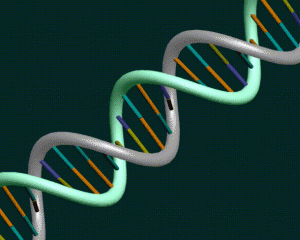 Don’t you just hate it when other people on the road drive so badly? I am so bad at parking but I pretty much do a good job while on the road. Still, I haven’t driven in the longest time because of a traumatic “pulling out of the parking lot” experience years ago.
Don’t you just hate it when other people on the road drive so badly? I am so bad at parking but I pretty much do a good job while on the road. Still, I haven’t driven in the longest time because of a traumatic “pulling out of the parking lot” experience years ago.
Anyhow, the next time that you find yourself on the brink of being a victim to road rage, bear this in mind: bad driving may be a result of the genetic make up of a person!
No, I am not pulling your leg. A team of researchers from the University of California Irvine conducted a study and found out that there is this gene variant present in people who drive badly as compared to the average person. They made people take a driving test, and those who had the gene variant performed 20% worse! The gene has something to do with proteins affecting memory, which is perhaps why bad drivers “forget” even the most basic of the road rules that everyone should know.
One shortcoming of the study is the fact that the researchers did not look any further than the driving test they used. For example, they did not take a look at other aspects such as car crashes. Also, the results are pretty much inconclusive – another example of potentially impractical information? Then again, if they conclusively identify this gene variant as a reason for bad driving, then perhaps something can be done about it in the future.
Photo courtesy of http://www.csb.yale.edu
 News about the woman giving birth to octuplets made the headlines about a week ago. Since then, people have been giving their own points of view regarding the matter. There have been supportive people while there have been people who criticized the woman for choosing be artificially inseminated with so many babies at once – especially since she already has 6 children. No matter how much noise was made about the multiple births, the mother kept mum for a while.
News about the woman giving birth to octuplets made the headlines about a week ago. Since then, people have been giving their own points of view regarding the matter. There have been supportive people while there have been people who criticized the woman for choosing be artificially inseminated with so many babies at once – especially since she already has 6 children. No matter how much noise was made about the multiple births, the mother kept mum for a while.


